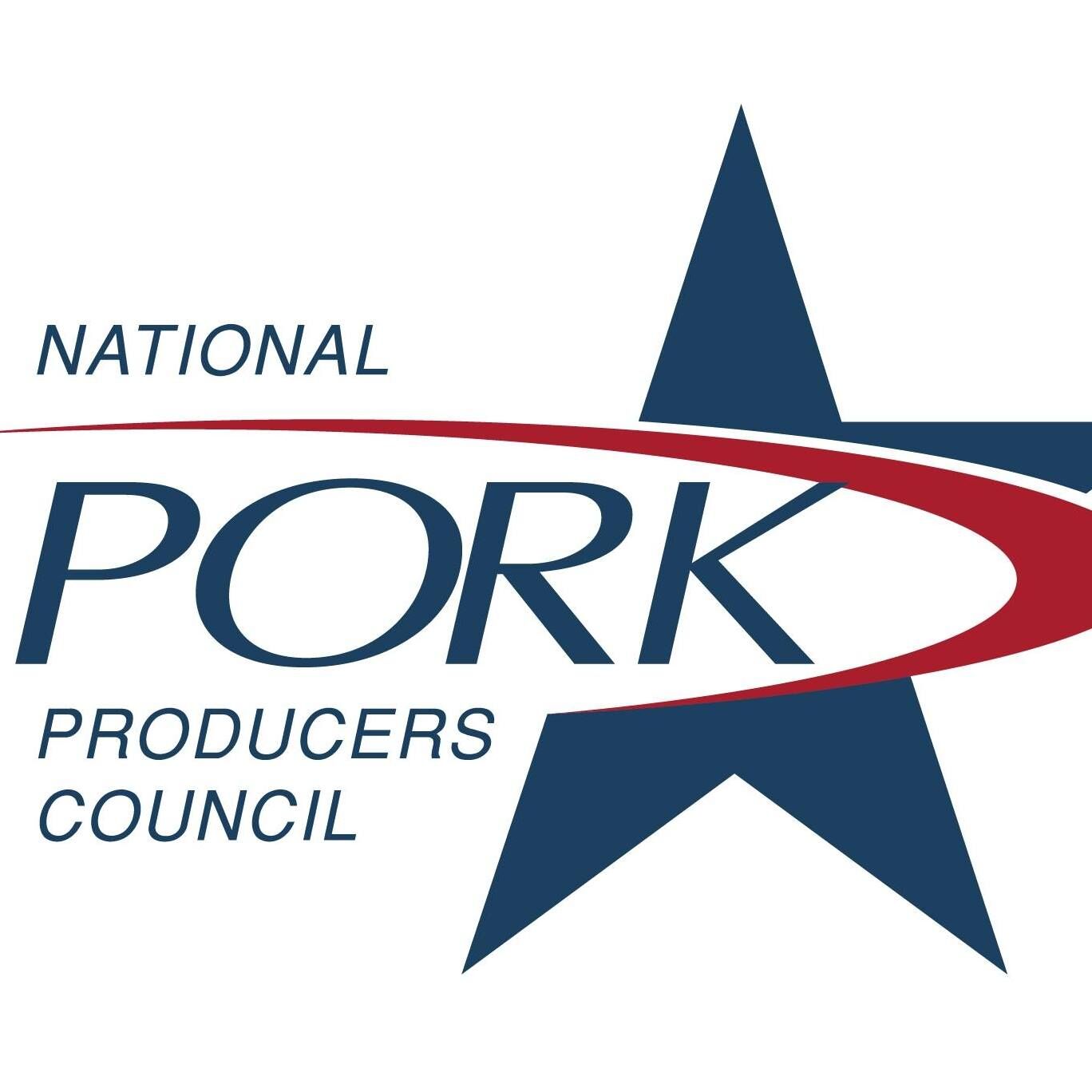The National Pork Producers Council on Nov. 12 commended the U.S. Department of Agriculture for allowing some pork packing plants to run faster line speeds, a move that could increase packing capacity and alleviate supply issues in the face of strong demand.
“We’re very pleased with USDA’s proposal to let certain plants run at higher line speeds, which will allow more hogs to be harvested and more pork to get to consumers,” said NPPC President Jen Sorenson in a news release. “This is particularly important now given the strong demand for pork, supply chain problems and our industry’s packing capacity constraints.”
Nine plants that adopted the agency’s 2019 New Swine Inspection System may apply for a one-year trial program to use faster line speeds, during which they will need to collect data on the effects of line speeds on workers and share it with U.S. Occupational Safety and Health Administration.
The line speed provision of the 2019 NSIS final rule was more than 20 years in the making, with six pork plants operating faster line speeds through the HACCP-Based Inspection Models Project, a program begun in 1997 under the Clinton administration.
“We believe the 20-year pilot program demonstrated that increased line speeds and protecting worker safety are not mutually exclusive,” Sorenson said. “We are optimistic that this new program, with OSHA involvement, will result in more pork for consumers without sacrificing worker safety.”
In March, a U.S. District Court in Minnesota struck down the NSIS line speeds provision, arguing that USDA did not consider worker safety in promulgating the NSIS final rule. When the court’s ruling took effect on July 1, 2021, the pork industry lost 2.5% of its harvest capacity, according to Iowa State University economist Dermot Hayes.
With the reduction in packing capacity because of the court’s line speed decision, some pork producers lost market leverage and had fewer options for selling their hogs, NPPC pointed out. The ruling also opened the door for packers to exercise the force majeure clause to cancel contracts with producers, which would compel some producers to find other harvest facilities with capacity and likely require many to transport hogs long distances. That, according to Iowa State’s Hayes, would add up to $10 per hog to the cost of production for farmers already faced with razor-thin margins.
Since the court’s decision, NPPC has been urging the Biden administration to reinstate the use of faster line speeds either by appealing the court ruling, issuing new rulemaking or exercising its waiver authority. Since the court ruling, several members of Congress have been engaged with the administration on this issue helping to ensure the concerns of impacted producers were ultimately addressed.
“USDA’s action here is very timely as the pork industry has a significant capacity problem,” Sorenson said. “Even though the industry is less concentrated and has more plants and capacity than it did five years ago, capacity remains very tight. That shortfall has been exacerbated not only by the court’s line speed decision but also by the industry’s severe labor shortage, including a shortage of USDA FSIS inspectors at harvest facilities, inhibiting the ability of the facilities to operate at full capacity. We look forward to the expeditious implementation of this program to help the industry recover its lost capacity.”




